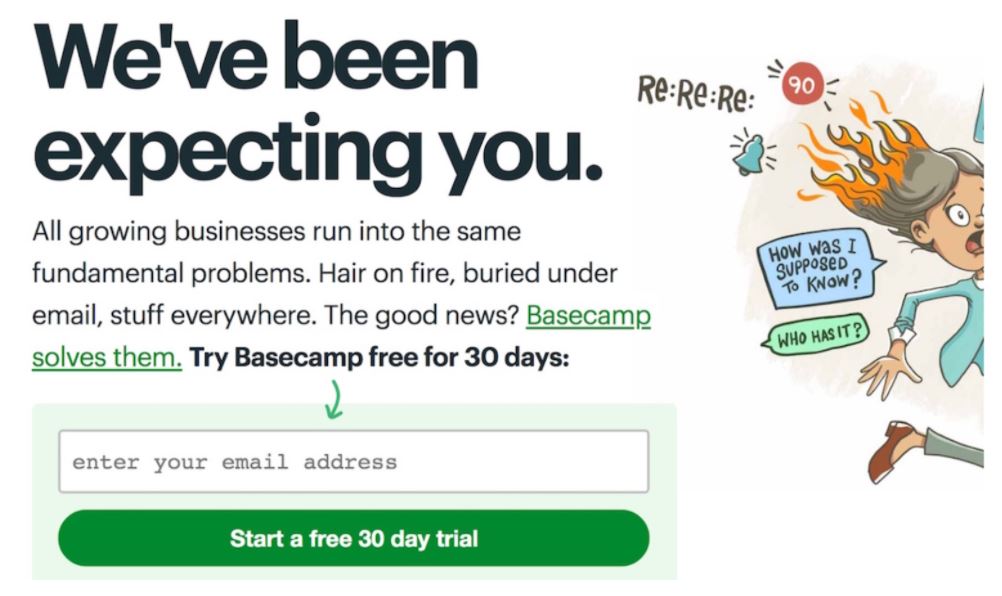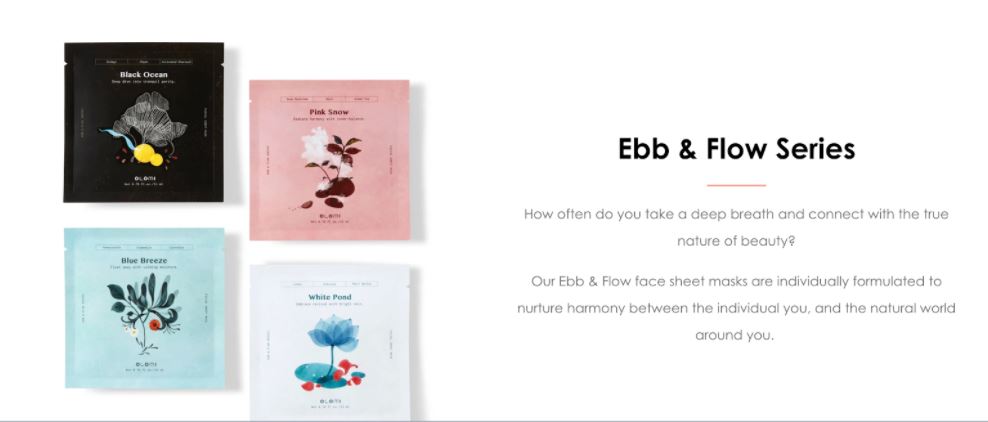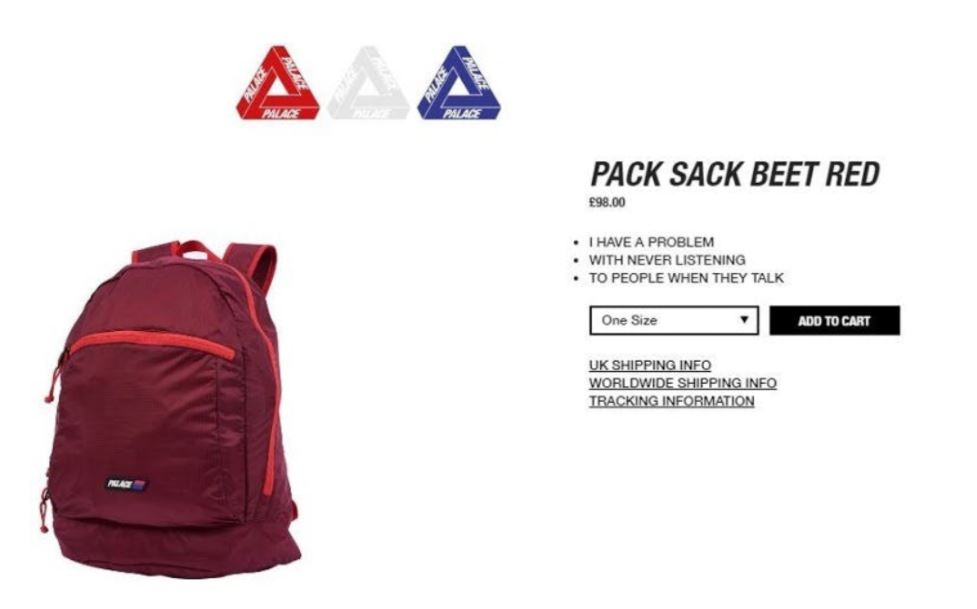Imagine you’re online dating.
(Some of you may not have to imagine).
You’re trying to craft the perfect message. You want to send an impression that you’re smart, witty and generally just worth taking notice of.
But instead, your ‘witty’ message gets taken in the wrong way. You come across brutally sarcastic, or even arrogant…eek!
But that’s not what I meant! You cry, into your chamomile tea with your cat curled around your feet (only messing).
Listen, you’re not the first and you won’t be the last to suffer at the hands of text misinterpretation.
And it happens to brands too.
In exactly the same, but less romance-driven, way.
Your brand wants to come across like you know your stuff. You have it all under control. In fact, you’re the best there is.
But in the race to do this, you can easily fall foul of a miscommunication misdemeanour.
Let’s look at them in more detail…
1. GOAL: KNOWLEDGEABLE. REALITY: POMPOUS
Every brand wants to come across as knowing what they’re talking about.
Why would a customer give them the time of day if they didn’t believe their product/service was born from a place of knowledge?
They would lose faith pretty quickly, right?
But, here’s the clincher: trying to convey your expert knowledge can quickly come across as pomposity. And even worse, self-obsession.
HERE’S WHy
Brands think that conveying their knowledge means they have to focus on themselves.
So it can all get a bit ‘me, me, me’.
But showing knowledge doesn’t mean reeling off a CV or a string of achievements.
Instead, brands should focus on demonstrating what their knowledge means for the customer.
What’s in it for them? That’s your mantra.
Here’s an example of pomposity in action:
“WE HAVE BEEN MAKING CUSTOMERS HAPPY FOR OVER 30 YEARS. OUR KNOWLEDGE IS UNRIVALLED, WHICH OUR MULTITUDE OF AWARDS SHOW, AND WE ARE TRULY THE BEST IN BUSINESS”
Kind of reminds you of a bragging mate, doesn’t it?
And what does your internal voice say when your mate bangs on about themself? “Shut up!” sounds about right.
Here’s an example of knowledge demonstrated in the right way from Basecamp:
Basecamp really nails it here for the simple reason that it’s more showing than telling.
HERE’S HOW
- They show their knowledge by highlighting their customer’s problems. They truly understand their customers.
- The headline “we’ve been expecting you” kinda pitches them as an all-knowing oracle, does it not? They just know you’re coming to check them out.
- It directly says that Basecamp solves their problems and links out to a page that tells them exactly how.
In essence, this is all about the customer.
WHAT YOU CAN DO INSTEAD
Relate your knowledge back to your audience’s needs. It’s a simple idea, with a strategic backbone that you can follow.
- Get to know your audience. And not what you think you know. Here’s a handy article on exactly how to hone in on your target audience, from Hubspot.
- When you know who your audience is, talk to them. Carry out surveys, buyer interviews, focus groups…the whole shebang. Find out their pain points and what makes them tick.
- Use this valuable information in your copy! Show how you solve their problems.
Makes sense, right?
And now…
2. GOAL: CARING. REALITY: BORING
This is a common mistake that brands make with their tone of voice.
So, you have a clean-cut brand who have ‘caring’ as a brand value. They want their audience to know exactly how much they care about them.
Here’s my question: being caring is a good thing. All brands should care about their customers. BUT, does that always have to come across in a boring way?
Surely not…
HERE’S WHY
When we try to show a caring side, we can tend to dull down our language. We try to make our language as safe and inoffensive as possible.
We associate caring with calmness, but why does that always have to be the case?
Of course, it all depends on your brand personality.
If calmness is your thing, then, by all means, go for it. But don’t fall into the trap of jargon-ing your way to dullsville.
Here’s an example of the caring = boring trap.
“WE CARE ABOUT YOUR CUSTOMERS, WHICH IS WHY EVERY INGREDIENT IS SOURCED TO BE KIND TO THEIR SKIN.”
Sorry, did I wake you?
It’s been done, done and done again.
Repeat after me: caring doesn’t mean boring.
HERE’S HOW TO DO IT
Take a look at this web copy we wrote for holistic skincare brand, Olomi.
I know we’re blowing our own trumpet here, but this copy is powerful. Olomi is a sustainable brand who truly cares about the world and its customers.
HERE’S HOW
- Instantly, the copy is relating back to the customer asking how they connect and relate to the world.
- Words like ‘deep’, ‘breath’, true’ and ‘harmony’ to evoke sensations and emotions.
- The language is calm, but it steers clear of boring words. Instead, the reader gets the sense that they will be nurtured.
Feeling relaxed? Me too…
3. GOAL: QUIRKY. REALITY: RIDDLE.
I’ve seen this a lot when brands try and inject a little bit of quirky wit into their copy. There’s a fine line between hitting the quirky nail on the head and just losing your message completely.
HERE’S WHY
Humour isn’t easily translatable in to copy. In fact, it’s a very high skill level.
A campaign that you think is hilariously different can actually turn out to be lost in translation, or just plain not funny enough.
So this ad takes projected quirkiness up a notch…and then propels it into outer space.
I mean…what can I say about this one?
It’s obvious that they were trying to go for a slight shock factor here with a bit of humour.
But there are so many reasons why it’s missing the mark.
Weird ‘teenage text style’ spelling aside, which they’re clearly using to be relatable (and failing), it’s just a bit tone-deaf.
It’s not exactly reaching the pain point as far as I’m concerned.
What teenager is going to connect those dots at that moment?
”I’ll never be able to play my X-Box again” won’t be high on the list of priorities.
HERE’S HOW TO DO IT
Clothing brand, Palace Skateboards, has got it bang on.
Take a look at the bullet points in the product description. Random, right? But also very eye-catching and cool.
HERE’S HOW
- The unique spin on the traditional bullet-point format, each one making up a sentence of train of thought rather than separate points.
- The fact that they don’t really have anything to do with the product or brand is quirky, as it makes you question – what’s the point of those traditional product description bullets anyway.
So these are the three biggest tone mess-ups that brands make. And they’re easy to do! In fact, the biggest and the best brands have been known to be horrendously tone-deaf at some point.
If there’s one beacon of light you need to follow, it’s this:
Always stick to your tone of voice guidelines. And these should be born from intensive, expert brand strategy. The kind of strategy that drills down into the details and truly gets to know your audience.
Brand strategy that carries out buyer interviews, focus groups and competitor analysis, so you can always know where your differentiator lies.
Good luck!
Ella



